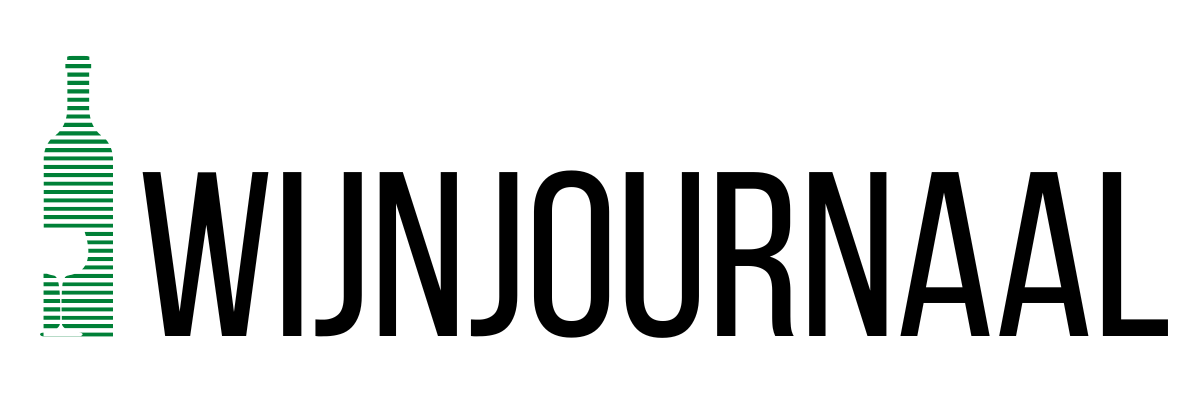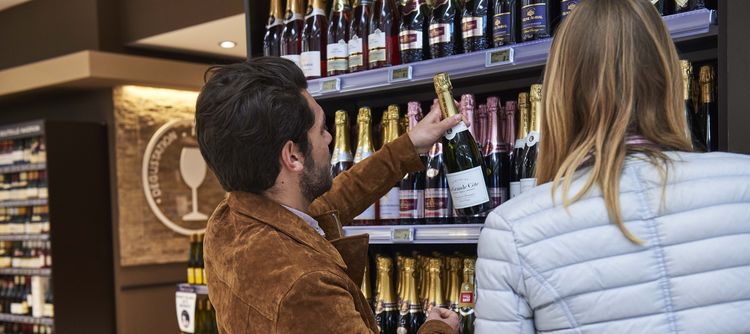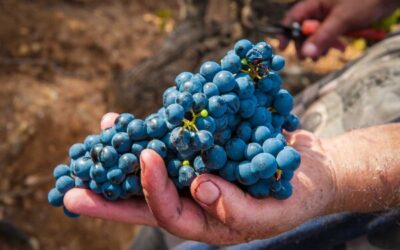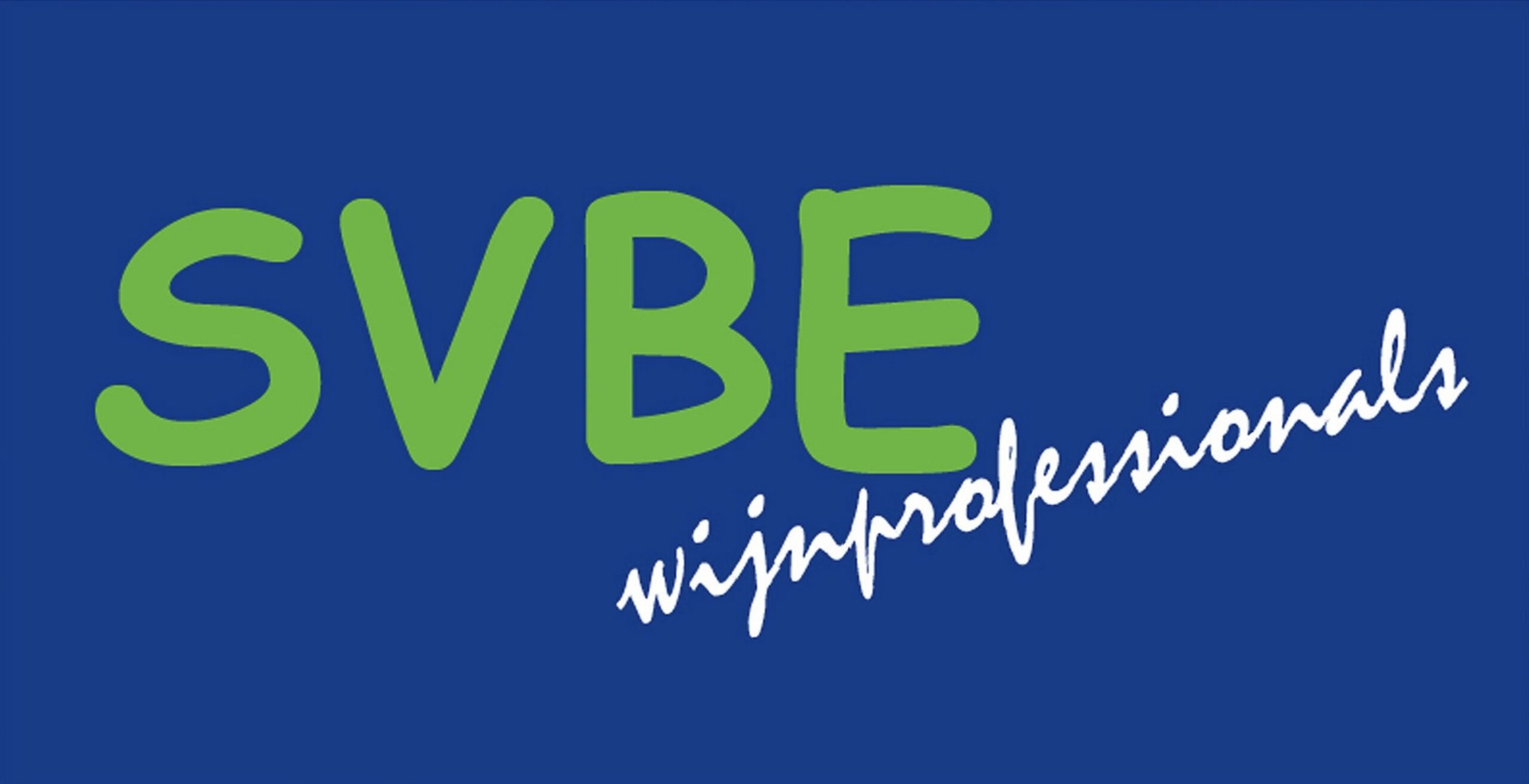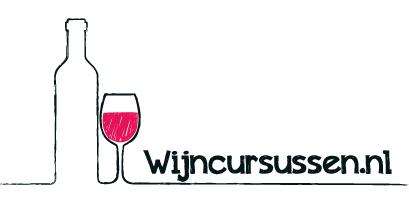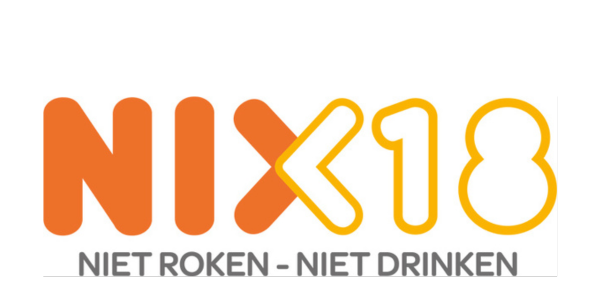Bourgogne wines continue to stand out in an unstable international economic environment, despite a slowdown in global wine consumption.
Following two generous vintages and a 2024–2025 regional campaign marked by a much smaller 2024 harvest, Bourgogne wine availability will still meet demand, though signs of slowdown are evident. Export markets remain dynamic, with new opportunities to be developed.
Specifics:
– The 2024 harvest, just above 1.2 million hectoliters (over 161.4 million bottles), ranks as the second smallest of the past fifteen years, just ahead of 2021 (1 million hectoliters). It follows two generous vintages, including the exceptional 2023.
– This sequence of contrasting campaigns has left stock levels, as of the end of July 2025, higher than the five-year average.
– In terms of exports, Bourgogne stands out as one of France’s most dynamic wine regions. Sales rose by +5.6% in volume and +2.7% in value (Jan–Jul 2025 vs. Jan–Jul 2024).
Campaign 2024–2025: Finding Balance With the 2023 Vintage
After two particularly dynamic campaigns in 2022–2023 and 2023–2024, momentum slowed in 2024–2025. This slowdown was driven by both the smaller 2024 harvest, just over 1.2 million hl, and an uncertain economic climate marked by international trade tensions and weaker global wine consumption.
As expected, when a vintage is produced in smaller quantities, bottled wine sales from estates partly take over. They showed a positive result: +2% in volume compared to 2023–2024, for nearly 620,000 hl, which represents 46% of the campaign’s sales.
Sales of grapes and must logically mirrored the smaller 2024 harvest: volumes fell by -36.6% compared to 2023–2024, representing 29% of the 2024–2025 campaign.
- Stock Levels Higher Than the Five-Year Average
Unlike the 2023–2024 campaign, marked by a generous harvest, the 2024–2025 campaign saw estate stocks fall by -14.8% year-on-year (July 2025 vs. July 2024). Yet they remain above the five-year average by +5.9%. This reserve could help cushion future production variations, especially since the 2025 harvest is expected to be below average.
When including volumes held by négociants, total Bourgogne stocks stood 6.1% higher as of July 2025 than the five-year average.
- Transaction Slowdown Triggered by the Small 2024 Harvest
The drop in bulk wine transactions is largely explained by the modest 2024 harvest, one of the smallest of the last fifteen years. During 2024–2025, transactions totaled 730,000 hl, of which only 77% came from the 2024 vintage — the lowest proportion in fifteen years.
A notable feature was that transactions of the previous vintage (2023) reached a ten-year high, accounting for 40% of total volume. Two factors explain this: the need to compensate for 2024 harvest losses and the release of significant 2023 reserve stocks (VCI) in certain AOCs.
• 44% of this 2023 volume were from Chablis AOCs
• 15% were from Mâcon AOCs
• 13% were from Bourgogne AOCs
• 4% were from the Bourgogne Aligoté AOC
The 2025–2026 campaign opens in August 2025 with a dual perspective:
– The 2025 harvest potential looks below average.
– Global Bourgogne stocks remain above the five-year average.
Exports: Growth Despite Trade Tensions
2025 got off to a strong start for Bourgogne wines. In the first three months, exports reached 22 million bottles — the highest level in fifteen years. The second quarter also delivered positive results, though less spectacular than the first.
By the end of July, exports totaled more than 57 million bottles, up 5.6% compared to the same period in 2024. This generated record revenue of €951 million, a 2.7% increase year-on-year. Canada played a major role in this growth (see detailed figures in the country table on page 5 in press release below).
During the same seven-month period, French AOC wines overall continued to decline in volume for the fourth year in a row (-1.5% compared to 2024 and -7.7% against the five-year average). In value terms, however, they managed a recovery: +1.3% year-on-year and +5.7% above the five-year average.
- Bourgogne’s progress is supported by several groups of appellations:
• Bourgogne AOC in white: +7.2% in volume (11.7 million bottles). Growth is long-term: +13.2% vs. the five-year average. Value also benefits from premiumization, particularly through Bourgogne with a geographic denomination (Bourgogne Côte d’Or, Bourgogne Côte Chalonnaise, Bourgogne Tonnerre, etc.): +6.6% in value.
• Chablis AOCs: +9.5% in volume (13.9 million bottles), with revenue over €146 million (+7.7%).
• Mâcon AOC in white: +10% in volume (5.4 million bottles). Value growth is supported by the ‘Mâcon plus’ category (those with a geographic denomination, ie. Mâcon-Lugny, Mâcon-Pierreclos…): +2.4%.
• Crémant de Bourgogne: +9.5% in volume (6.7 million bottles) with revenue of €39.9 millions.
- Markets Under Pressure but Still Promising
For the past decade, Bourgogne’s main markets have formed a loyal “Club of 5”: United States, United Kingdom, Canada, Japan, and Belgium. Together, they absorb around 62% of exported volumes and nearly 60% of export revenue (2015–2024).
In the first seven months of 2025, while the top three markets retained their spots, the ranking shifted: Sweden, which joined this Club in early 2024, rose to 4th place, while Japan dropped out, replaced by Belgium.
The United States (22.1% of volume and 22.4% of value in 2024) remains Bourgogne’s top export destination and is also the world’s largest wine consumer (16% of global consumption, OIV 2024).
For years, however, market access has been repeatedly unsettled by shifting government trade policies, which have alternately imposed tariffs, lifted them, and then reintroduced new duties:
In October 2019, the Trump administration imposed a 25% tariff. Bourgogne exports dropped -16% in volume (Oct 2019–Sep 2020 vs. prior year), while exports to other countries grew +1%.
– Suspension of this tariff in March 2021 by the Biden administration boosted exports by +83.8% within a few months (Apr–Jun 2021 vs. Jan–Mar 2020).
– The Trump administration’s return in January 2025 revived tariff risks.
Until July 2025, during the negotiation period, exports to the U.S. grew faster than to other destinations: +22.5% compared with +18.8% elsewhere when comparing Apr–Jul 2025 against Jan–Mar 2025.
By August 2025, however, the newly applied 15% tariff was already beginning to slow down trade flows. The months ahead will show more clearly how this affects retail prices and consumer purchasing behavior, especially once the impact of currency fluctuations is added.
The United Kingdom (14% of volume and 15.3% of value in 2024) is Bourgogne’s second export market and the world’s fifth-largest wine consumer (6% of global consumption, OIV 2024).
– Chablis AOCs have always been the top exports here. In 2024, they represented 13.4% of volumes (down from 41% in 2007), around 4 million bottles. Since 2008, stronger exports to the U.S., Canada, Sweden, Denmark, and Australia have offset the UK decline.
– The Bourgogne AOC, both white and red, exported only half as many bottles in 2024 as in 2007. However, growth in the USA, Canada, Japan, China, and Sweden has maintained momentum.
– The Mâcon AOC, both white and red, offset UK losses through growth in the USA, Belgium, and Sweden.
Given these uncertainties, Bourgogne producers are increasingly diversifying their outlets. Some markets are showing promising trends. While these destinations require time to develop, they offer interesting growth potential for the coming years.
Export Results for Bourgogne Wines (30 first markets in volumes) in the press release below
(Cumulative total for the first 7 months of 2025 vs. first 7 months of 2024 -sources: DEB-EMEBI+DAU Customs – BIVB)
Economic Report by the Economic Intelligence and Strategy Unit – Bourgogne Wine Board – October 2025
(Sources: Customs DEB&EMEBI+DAU, CAVB/FDAC, CIRCANA-IRI, BIVB) Photo credits Bourgogne Wine Board
